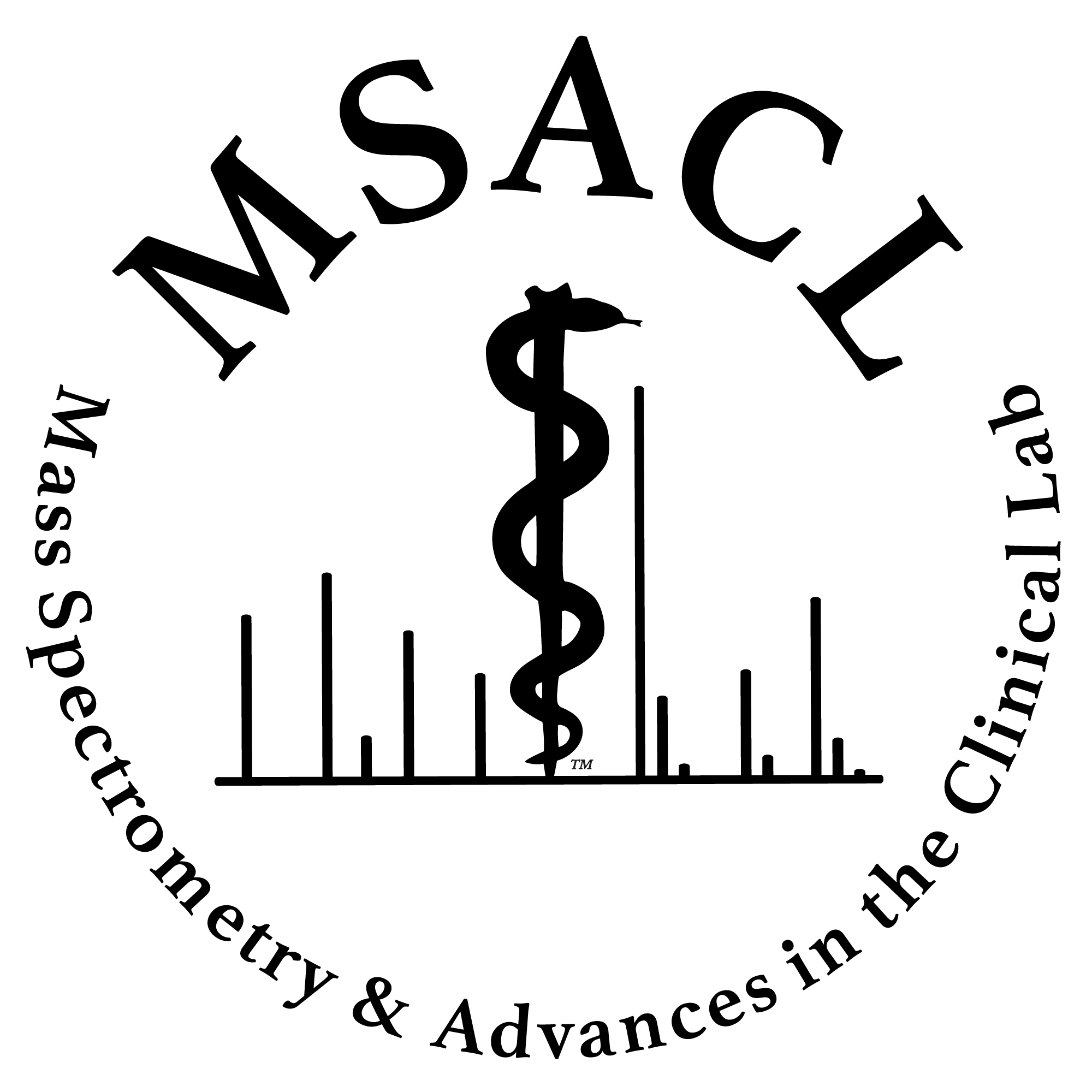MSACL 2023 Abstract
Self-Classified Topic Area(s): Tox / TDM / Endocrine
|
|
Poster Presentation
Poster #1a
Attended on Thursday at 11:00
|
|
 Development of a Sensitive Method for Determination of Vitamin D Metabolites in Urine by LC-MS/MS Development of a Sensitive Method for Determination of Vitamin D Metabolites in Urine by LC-MS/MS
Masaki Takiwaki(1), Kentaro Abe(1), Yu Tsutsumi(1), Koji Takahashi(1), Yoshikuni Kikutani(1), Seketsu Fukuzawa(1), Xiangna Zheng(2), Yuka Kawakami(2), Hidekazu Arai(2)
(1)Medical Equipment Business Operations, JEOL Ltd., Tokyo, Japan (2)Laboratory of Clinical Nutrition and Management, Graduate Division of Nutritional and Environmental Sciences, and Graduate School of Integrated Pharmaceutical and Nutritional Sciences, The University of Shizuoka, Shizuoka, Japan
Kentaro Abe (Presenter)
JEOL Ltd |
|
|
|
|
|
|
Abstract Background:
Recent epidemiological studies have reported that vitamin D deficiency poses a risk of developing not only bone diseases but also various diseases such as cancer and autoimmune diseases. Serum concentration of 25(OH)D is used as a marker to reflect vitamin D sufficiency. Vitamin D metabolites are excreted in the urine in the form of glucuronidation. The relationship between urinary and blood vitamin D metabolites is not yet well understood. Quantitative analysis of urinary vitamin D metabolites is important for understanding vitamin D metabolism. Vitamin D metabolites in urine are very low concentration, requiring sensitive measurements. In this study, we aimed to develop LC-MS/MS based method to accurately measure vitamin D metabolites in human urine.
Methods:
The JeoQuantTM Kit for LC-MS/MS analysis of vitamin D metabolites (JEOL, Japan) was slightly modified and used for the quantitative measurement of urinary vitamin D metabolites. Deglucronidation was done using β-Glucuronidase. Urine samples were collected from healthy volunteer subjects (22 subjects, collected on 4 separate days, total n= 88) and stored at −80 °C until their use. A urine sample (300 µL) was added with 50µL β-glucuronidase (from E. coli, Type IX-A, 5000 units) in water, then incubated at 37 °C for 1 h. After incubation, 350 μL of sample was mixed with 50 μL of IS solution, followed by solid liquid extraction (ISOLUTE SLE+: Biotage, Sweden) and derivatized as manufacturers instruction. The pretreated samples were analyzed using an AQUITY UPLC I-Class system coupled to a Xevo TQ-XS mass spectrometer (Waters, USA).
Results:
Glucuronic acid conjugated vitamin D metabolites in 24-hour urine collections were treated with β-glucuronidase and released under optimized reaction conditions. The lower limits of quantification (LOQ) is as follows; 25(OH)D3: 3.4pg/mL, 3-epi-25(OH)D3: 5.9pg/mL, 25(OH)D2: 1.4pg/mL, 24,25(OH)2D3: 5.9pg/mL. In 24-hour urine collections, 25 (OH) D3 and 24,25(OH)2D3 could be quantified, but 3-epi-25(OH) D3 and 25(OH)D2 were less than LOQ. The intra-assay CVs were 10.0% and 8.4% for the low level samples and 3.6% and 4.9% for the high level samples for 25(OH)D3 and 24,25(OH)2D3, respectively. Plasma 25(OH)D3 concentrations correlated very well with urinary 24,25(OH)2D3 concentrations (r= 0.63, n= 88).
Conclusions:
We developed the LC-MS/MS based method using JeoQuantTM for the simultaneous quantification of vitamin D metabolites in urine by the treatment with β-Glucuronidase. This method can be expected to be useful for understanding the urinary excretion of vitamin D metabolism and for assessing the clinical conditions caused by vitamin D deficiency.
|
|
Financial Disclosure
| Description | Y/N | Source |
| Grants | no | |
| Salary | no | |
| Board Member | no | |
| Stock | no | |
| Expenses | no | |
| IP Royalty | no | |
| Planning to mention or discuss specific products or technology of the company(ies) listed above: |
no |
|

